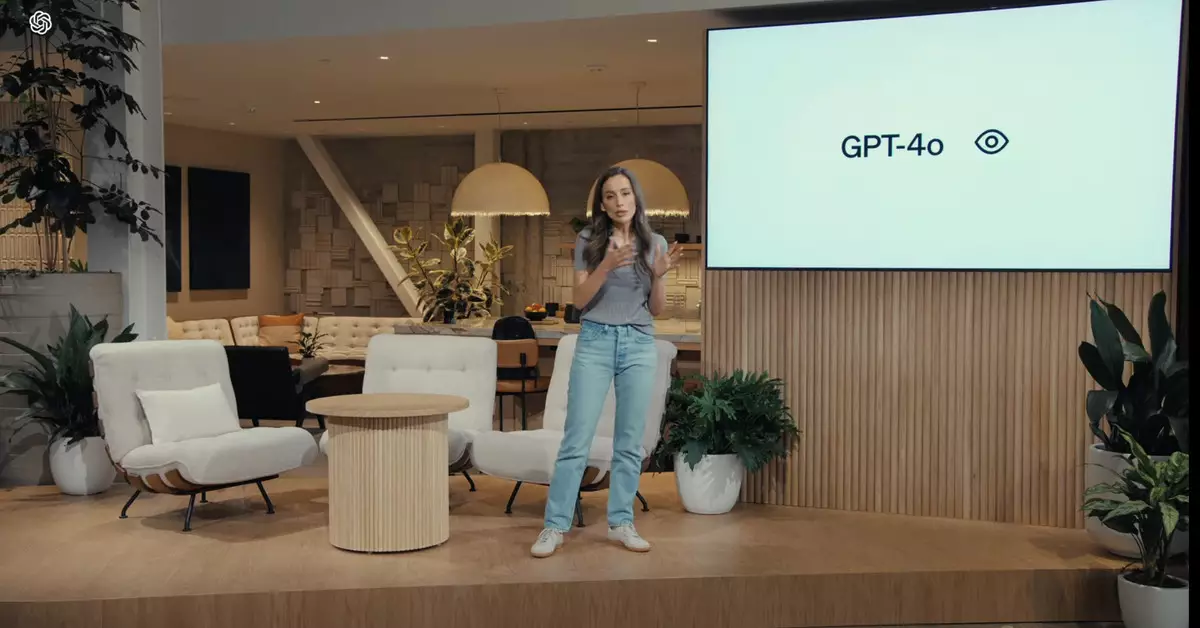In a recent announcement, OpenAI unveiled the latest iteration of its GPT-4 model, GPT-4o. This new model promises advancements in text, vision, and audio capabilities, making it a significant upgrade from its predecessor.
OpenAI CTO Mira Murati highlighted that GPT-4o is not only faster but also offers expanded capabilities across various modalities. This new model is natively multimodal, enabling it to generate content and understand commands in voice, text, and images. Additionally, GPT-4o will be available for free to all users, with paid users receiving up to five times the capacity limits.
Speculations and Expectations
Leading up to the launch of GPT-4o, there were speculations about what OpenAI might unveil. Some reports speculated about an AI search engine to rival Google, a voice assistant integrated into GPT-4, or even a brand-new model, GPT-5. However, the actual launch of GPT-4o came as a pleasant surprise to many in the tech community.
The release of GPT-4o has significant implications for the tech industry, particularly in the realm of artificial intelligence. With its enhanced capabilities and multimodal functionality, this new model from OpenAI could pave the way for innovative applications in various sectors, such as customer service, content creation, and data analysis.
Competition and Innovation
By introducing GPT-4o, OpenAI is setting the stage for increased competition and innovation in the AI space. With tech giant Google set to announce new products at its flagship conference, Google I/O, the timing of OpenAI’s GPT-4o launch is strategic. It will be interesting to see how other companies respond to this latest development from OpenAI.
The launch of GPT-4o by OpenAI marks a significant milestone in the field of artificial intelligence. With its advanced capabilities and multimodal functionality, this new model has the potential to reshape the way we interact with AI technology. As the tech industry continues to evolve, innovations like GPT-4o will play a crucial role in driving progress and pushing the boundaries of what is possible in AI.


Leave a Reply